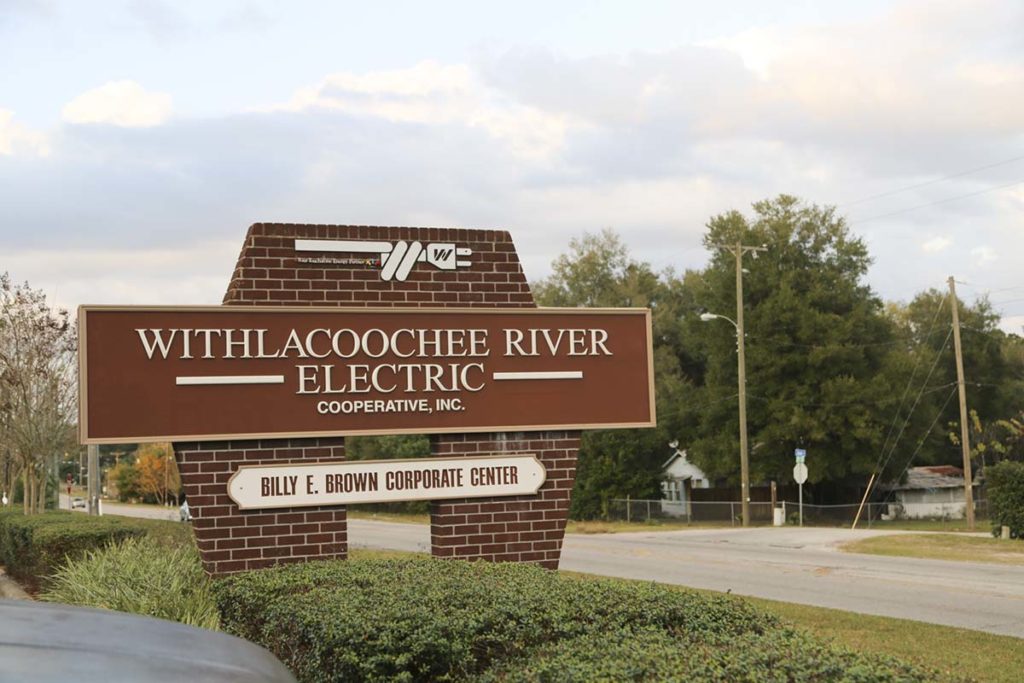
In one of Florida’s poorest areas, Withlacoochee River Electric Cooperative has helped open a community center and a community-based health clinic. Now, WREC can add “light rail line developer” to its résumé as it builds a light industrial park from the ground up.

Through the Urban Rural Area Development Corp., its economic development subsidiary, the Dade City-based co-op has an agreement with CSX Transportation to serve a proposed light industrial complex that will result in manufacturing jobs for Pasco County residents.
The WREC subsidiary will pay for the rail spur with $724,000 in economic development incentives awarded by the Pasco County Office of Economic Growth as part of an agreement that an operational rail line be in place before the complex opens as early as next year.
The manufacturer’s identity is confidential and known locally as “Project Lexus,” but officials said it will provide up to 150 full-time manufacturing jobs in the industrial park called One Lacoochee Center.
“If it goes through, the development will hit a lot of touchpoints: jobs, huge tax base and a major load for the cooperative, which will build a substation for it,” said Billy E. Brown, the co-op’s vice president and general manager.
As a newcomer to the world of rail construction, the co-op is learning the ropes from CSX engineers and other consultants. The process has included drafting land surveys to pinpoint elevation and other topographical details and finding an independent contractor to build the spur to a CSX mainline.
“We do not have the experience, but I will say CSX and their folks have been extremely helpful,” said David Lambert, the co-op’s manager of member relations.
In 2019, the Pasco County Housing Authority donated the 33-acre site to the co-op, which was looking for ways to bring jobs to the impoverished area where the poverty rate is 30.2%, according to 2020 Census Bureau data. Once a source of migrant housing, the development had fallen into disrepair over the years.
“The housing authority shut down the development because it couldn’t afford the repairs and donated it to the co-op, which paid for asbestos clean-up and site demolition,” said Lambert. “Significant dollars have gone into the development of the park and if you put it all together, we’ve received through legislative budget requests and grant funding in the last two years about $12 million.”
Victoria A. Rocha is a staff writer for NRECA.